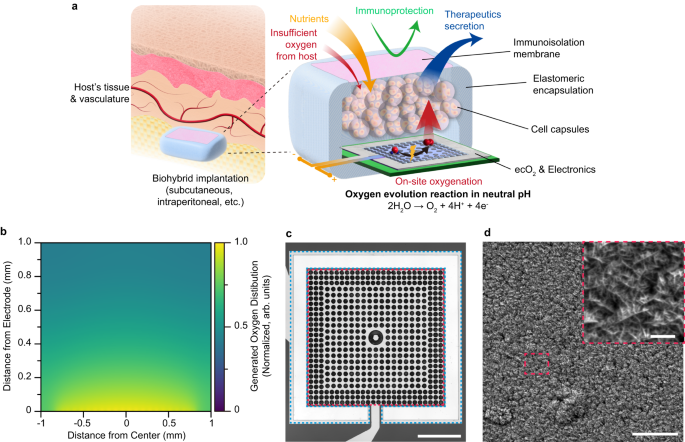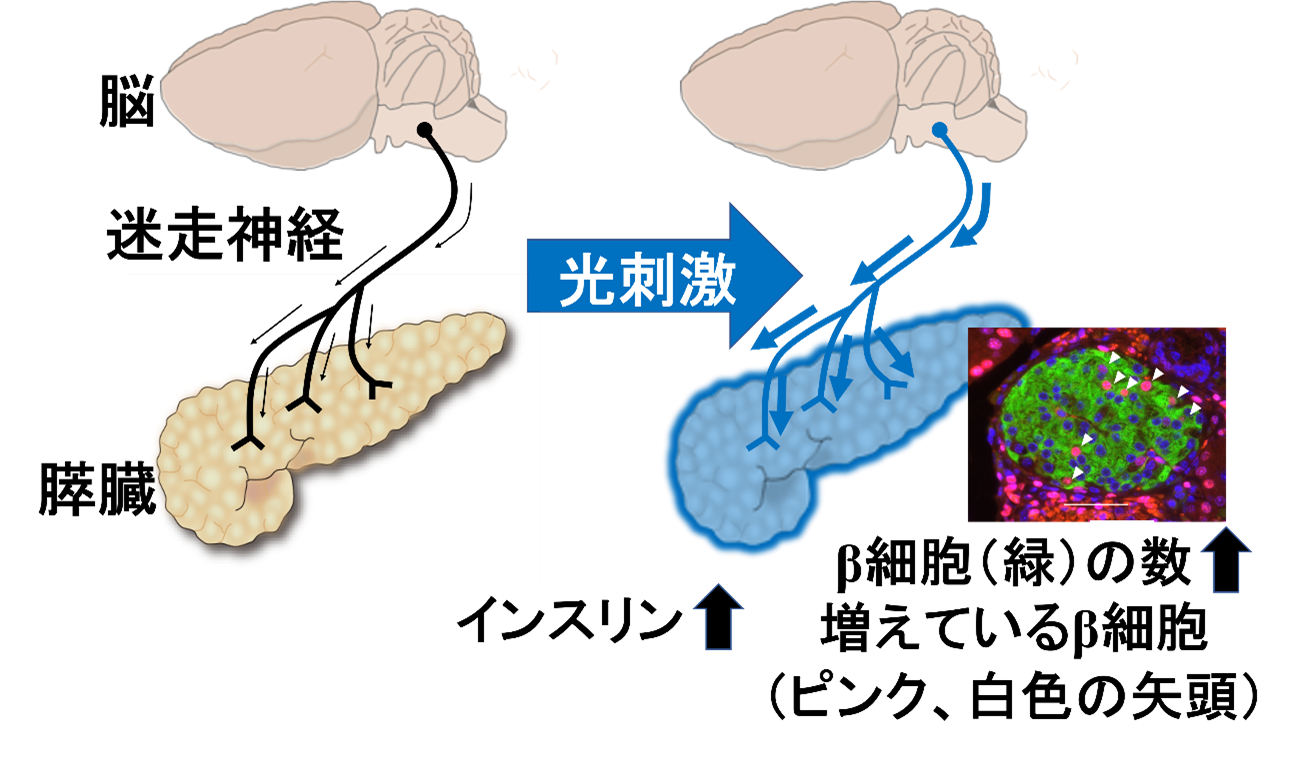2023-11-09 カリフォルニア大学バークレー校(UCB)
 Sequential shots of an Anna’s hummingbird (Calypte anna) navigating an aperture too small for its wingspan by sidling through while flapping its wings.
Sequential shots of an Anna’s hummingbird (Calypte anna) navigating an aperture too small for its wingspan by sidling through while flapping its wings.
◆この研究は、ハチドリの高速移動が人間の目には捉えにくいため、これまで報告されていなかった独自の飛行戦略を明らかにしました。
<関連情報>
- https://news.berkeley.edu/2023/11/09/hummingbirds-unique-sideways-flutter-gets-them-through-small-apertures
- https://journals.biologists.com/jeb/article-abstract/226/21/jeb245643/334536/Sideways-maneuvers-enable-narrow-aperture
ハチドリは横向きに羽ばたくことで、狭い開口部を通り抜けることができる Sideways maneuvers enable narrow aperture negotiation by free-flying hummingbirds
Marc A. Badger,Kathryn McClain,Ashley Smiley,Jessica Ye,Robert Dudley
Journal of Experimental Biology Published:09 November 2023
DOI:https://doi.org/10.1242/jeb.245643
ABSTRACT
Many birds routinely fly fast through dense vegetation characterized by variably sized structures and voids. Successfully negotiating these cluttered environments requires maneuvering through narrow constrictions between obstacles. We show that Anna’s hummingbirds (Calypte anna) can negotiate apertures less than one wingspan in diameter using a novel sideways maneuver that incorporates continuous, bilaterally asymmetric wing motions. Crucially, this maneuver allows hummingbirds to continue flapping as they negotiate the constriction. Even smaller openings are negotiated via a faster ballistic trajectory characterized by tucked and thus non-flapping wings, which reduces force production and increases descent rate relative to the asymmetric technique. Hummingbirds progressively shift to the swept method as they perform hundreds of consecutive transits, suggesting increased locomotor performance with task familiarity. Initial use of the slower asymmetric transit technique may allow birds to better assess upcoming obstacles and voids, thereby reducing the likelihood of subsequent collisions. Repeated disruptions of normal wing kinematics as birds negotiate tight apertures may determine the limits of flight performance in structurally complex environments. These strategies for aperture transit and associated flight trajectories can inform designs and algorithms for small aerial vehicles flying within cluttered environments.


